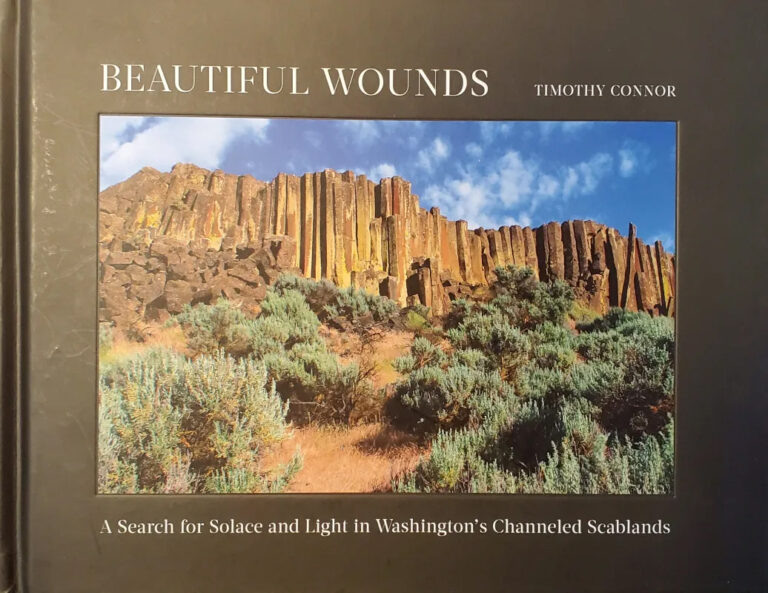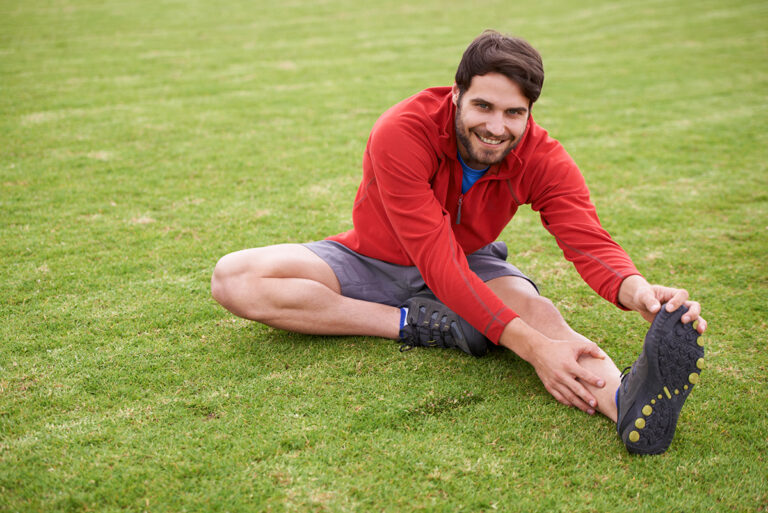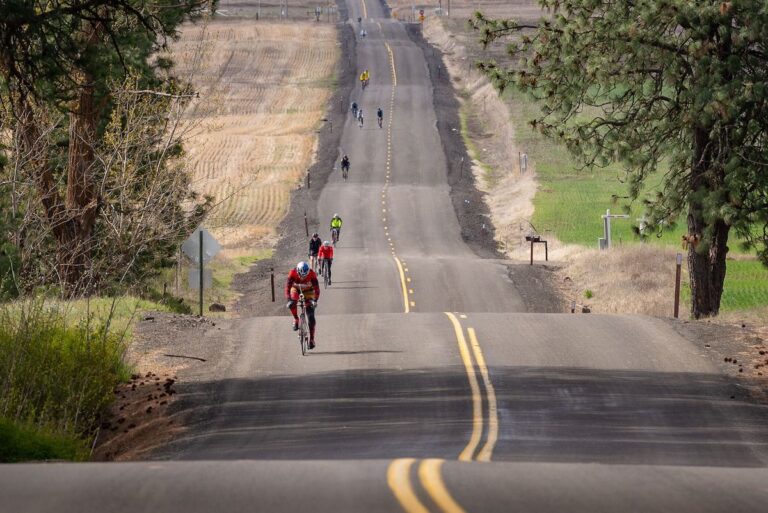“I STARTED TELEMARK BECAUSE I was getting bored with alpine and just skiing inbounds. I guess I wanted more of an adventure,” says Mark Beattie, now a 30-year veteran of the sport.
“I am apparently built for telemark—my knees feel better after a day of this kind of skiing rather than alpine [skiing],” he says. “…Telemark will build more quadriceps and glutes than most other snow sliding tools. I find the whole experience to be much more fluid and graceful than alpine skiing. Watching a good tele skier is magic—nearly everyone will watch for a moment.”
His first boots were Oslo Snow Pines with 3-pin bindings. “The boots were just low hiking boots with a thicker sole, with little to no control over the skis. The skis sometimes had metal edges, sometimes without. Like most folks at the time I started out with double camber cross-country skis,” he says. “The early telemark skis were referred to as ‘hippy sticks.’ I started putting the 3-pin bindings on old alpine skis just because it was much easier to turn them. We used knotted ropes under the skis for uphill traction before discovering climbing skins.
“With the new gear today, telemark skiing is much easier, more powerful—easier on my body,” says Mark, age 51.
Locally, Mark’s favorite places for inbound skiing are Lookout Pass, 49 Degrees North and Schweitzer. His favorite ski companions include his wife, Anna, and good friends.
Although unwilling to disclose his favorite backcountry slopes, Mark says many of them are near Lookout Pass. “Pressure is increasing on some of these places and more snowmobiles are finding them too,” he says. “Let’s just say I drive a little and hike a lot.”
In many ways, Mark’s life revolves around skiing and outdoor recreation. He is assistant manager at Mountain Gear, and since 1972 has been a ski instructor, starting his career at Lookout Pass. Now he teaches telemark and alpine skiing at 49 Degrees North. “I love to share the joy that infuses me about every aspect of skiing—the mountains, the weather, the light, the grace of snow riders,” he says. “Watching as someone feels a new movement pattern working is such a marvelous gift.”
Mark also has an AA degree in skiing from New Mexico Highlands University. In 1980, in conjunction with Taos Ski Valley, Mark explains, there was “a degree program attempting to create a better ski professional. We had to earn over 100 credit hours in skiing, a second language, and a background in psychology as well as kinesiology. I also earned my PSIA level III in alpine ski instruction as part of the program…I used the degree and taught at several resorts across the west for about 10 years after.”
Mark’s non-winter recreational pursuits include canoeing, flat water kayaking, hiking, backpacking, biking and climbing—and he wants to try fly fishing this year.
Here is his gear list, including backcountry necessities.
TELEMARK SKIS: Favorite is the G3 Tonic 177 cm. “I also ski on Atomic Drifter 174, Ski Logic Howitzer 176, Atomic REX 177 and Atomic TM-20 178.”
BOOTS: Scarpa TX Pro NTN.
BINDINGS: Rottefella NTN using the blue cartridges.
POLES: Black Diamond Flick Lock carbon/ aluminum.
SKI WAX: Usually Holmenkol with Swix overlays.
JACKET: Several—Mammut Alto, Arcteryx Beta AR, Patagonia Dimension or Cloudveil Serendipity.
PANTS: Marmot Gore-Tex or Patagonia BC Guide softshell.
CLOTHING: Smart Wool or Ice breaker base layer, Patagonia down sweater or an Arcteryx Atom mid layer.
——————————————————-
SOCKS: Bridgedale or Darn Tough.
HAT: Outdoor Research.
GLOVES: Hestra, Cloudviel, Marmot or Black Diamond.
GOGGLES: Smith I/O with the Sol X red lens.
BACKCOUNTRY:
CLIMBING SKINS: G3 Alpinist.
AVALANCHE GEAR: Ortovox 3+ beacon, BCA Probes and a Voile shovel.
GPS: Garmin Oregon.
NORDIC SKI GEAR: Crispi CX-P on some old Tua skis.
BACKPACK: Mammut Nirvana 35.












